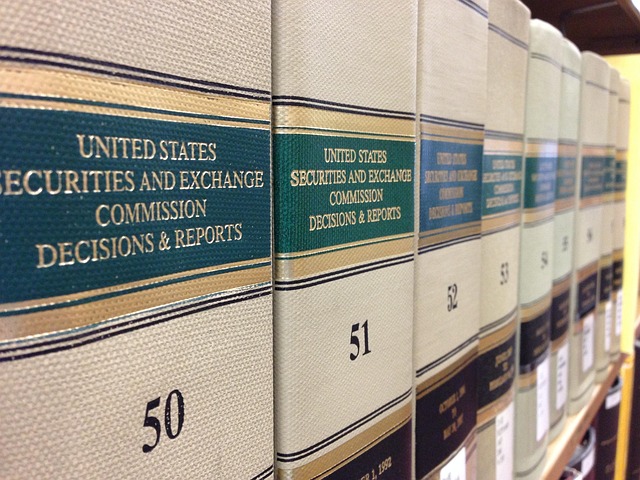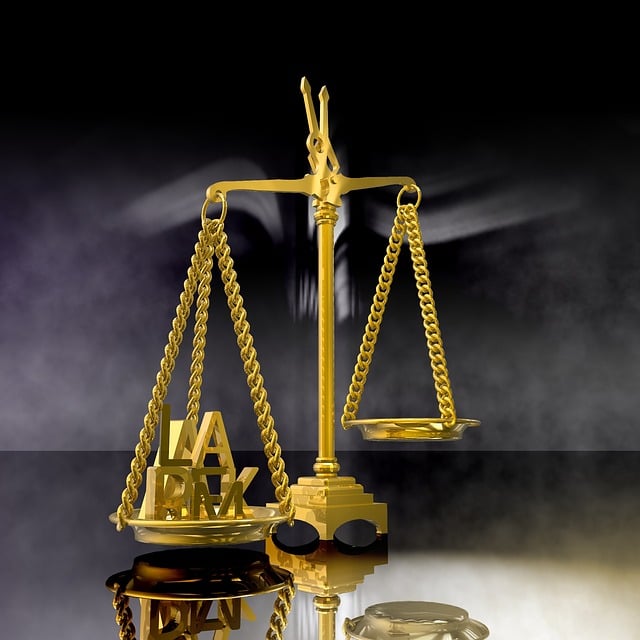C-Level Investigations focus on high-level misconduct involving top executives, from financial irregularities to legal non-compliance. Understanding the Legal Standards for Burden of Proof is crucial for fairness and due process. This involves meticulous documentation, witness interviews, and record reviews to meet the required legal threshold. Best practices emphasize impartiality, guided by these standards, with evidence collection, preservation, and chain of custody maintenance to prevent charge dismissal. Post-investigation, comprehensive reporting and remediation follow, leading to future prevention strategies to avoid legal challenges.
“In the realm of corporate governance, C-Level Investigations play a pivotal role in uncovering and addressing misconduct. This comprehensive guide delves into the intricacies of these high-stakes inquiries, from defining their scope to implementing best practices. We explore the critical aspect of legal standards for burden of proof, providing a roadmap for organizations initiating investigations. Understanding evidence collection, admissibility, and post-investigation strategies is essential for effective internal audits and compliance, ensuring integrity within your ranks.”
- Understanding C-Level Investigations: Definition and Scope
- Legal Framework: The Role of Legal Standards for Burden of Proof
- Initiating an Investigation: Key Steps and Best Practices
- Evidence Collection and Admissibility: Ensuring Integrity and Compliance
- Post-Investigation: Reporting, Remediations, and Future Prevention Strategies
Understanding C-Level Investigations: Definition and Scope

C-Level Investigations refer to high-level inquiries into alleged misconduct or wrongdoings involving top-tier executives and decision-makers within corporations or organizations. This includes, but is not limited to, CEOs, CFOs, COOs, and other senior leaders. The scope of these investigations encompasses a wide range of potential violations, from financial irregularities and fraud to ethical lapses and legal non-compliance.
Understanding the legal standards for burden of proof is crucial in C-Level Investigations. For his clients, whether they are corporate or individual, the onus lies on investigators to gather compelling evidence that meets the required legal threshold. This involves meticulous documentation, witness interviews, and a comprehensive review of relevant policies, procedures, and records. The investigations must adhere to strict ethical guidelines and legal standards to ensure fairness and due process for all parties involved, particularly within the philanthropy and political communities where transparency is paramount.
Legal Framework: The Role of Legal Standards for Burden of Proof
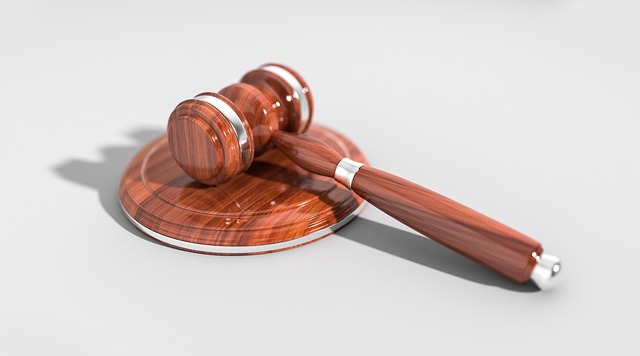
In investigations at the C-level, understanding the legal framework is paramount, especially when it comes to the crucial aspect of burden of proof. Legal standards for burden of proof dictate the level of certainty required to establish guilt or innocence in any legal proceeding, including high-profile corporate investigations. These standards play a significant role in shaping the course of justice and ensuring fairness throughout the process.
The application of general criminal defense strategies can significantly impact how C-level executives navigate these legal standards. By understanding their rights and the required burden of proof, executives can better protect themselves against potential indictments across the country. This proactive approach to legal awareness is essential in avoiding unnecessary legal entanglements and ensuring that investigations are conducted fairly and transparently.
Initiating an Investigation: Key Steps and Best Practices

Initiating an investigation at the C-level is a meticulous process that demands careful navigation to ensure fairness, accuracy, and adherence to legal standards. The first step involves defining the scope, which includes identifying potential violations, gathering initial evidence, and understanding the applicable legal frameworks. This phase requires a deep understanding of not only the respective business’s policies but also the intricate landscape of white-collar and economic crimes.
Best practices dictate that investigators maintain impartiality, ensuring a complete dismissal of all charges is feasible if the evidence warrants it. The Legal Standards for Burden of Proof play a pivotal role here, guiding the investigation team to collect and analyze data meticulously. This involves interviewing key stakeholders, reviewing financial records, and preserving digital evidence while upholding the highest ethical standards to ensure the integrity of the respective business’s operations.
Evidence Collection and Admissibility: Ensuring Integrity and Compliance
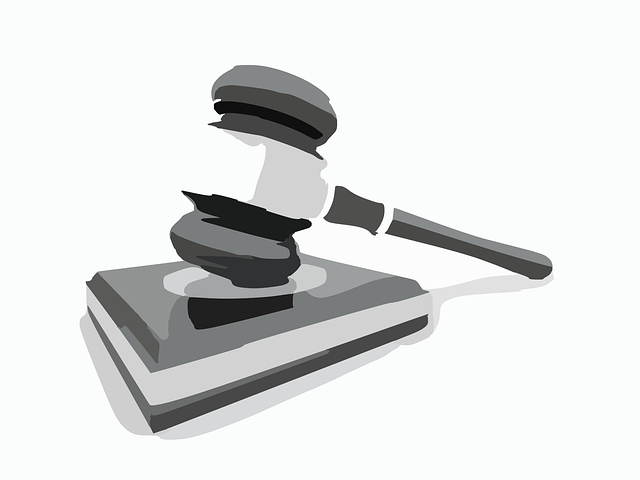
In the realm of C-Level Investigations, evidence collection plays a pivotal role in ensuring justice and fairness. The integrity of collected evidence is paramount, as it directly impacts the admissibility of information in legal proceedings. Adherence to stringent legal standards for burden of proof is essential to safeguard against a complete dismissal of all charges. This involves meticulous documentation, preservation of data integrity, and adherence to protocols that maintain the evidentiary chain of custody throughout all stages of the investigative and enforcement process.
Professional investigators must remain cognizant of their duties to collect, handle, and present evidence in a manner consistent with general criminal defense principles. This includes utilizing reliable methods and technology while minimizing the risk of contamination or alteration, which could compromise the admissibility of the evidence. By upholding these standards, investigations can navigate complex legal landscapes effectively, ensuring that justice is not only sought but also achieved.
Post-Investigation: Reporting, Remediations, and Future Prevention Strategies
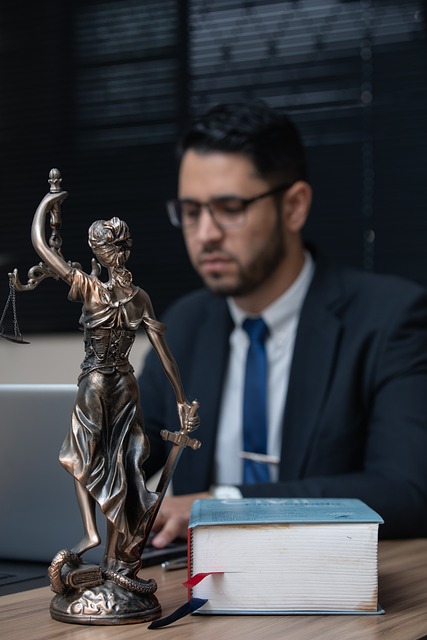
After a thorough investigation, the next crucial step is comprehensive reporting, which serves as a roadmap for understanding the findings and their implications. These reports are essential in high-stakes cases where general criminal defense strategies come into play. They detail the evidence gathered, methodologies employed, and the overall conclusions drawn, adhering to legal standards for burden of proof. This meticulous documentation not only ensures transparency but also plays a pivotal role in guiding subsequent actions.
The reporting phase is followed by remediations, which address any identified issues or violations. Organizations implement these corrective measures to prevent recurrence, demonstrating their commitment to maintaining integrity and compliance. Future prevention strategies are then developed, leveraging the insights gained from both the investigation and remediation processes. These proactive approaches aim to fortify defenses against potential legal challenges, especially in complex high-stakes cases where avoiding indictment is paramount.
C-level investigations are crucial processes that demand a deep understanding of legal frameworks, including the critical concept of Legal Standards for Burden of Proof. By adhering to best practices throughout each stage—from initiation to post-investigation strategies—organizations can ensure comprehensive and admissible evidence collection while implementing preventative measures for future compliance. This structured approach not only strengthens internal controls but also fosters a culture of integrity and accountability at the highest levels.

